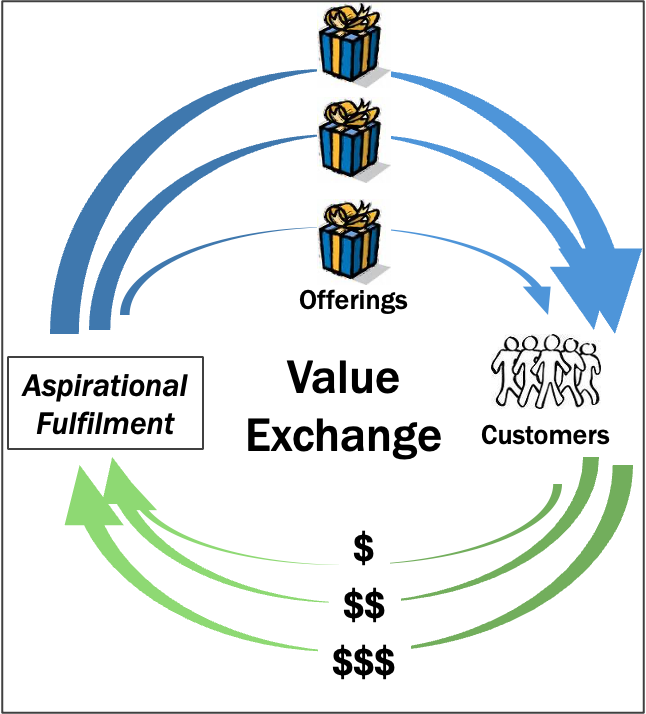Entrepreneurs launch businesses for diverse reasons - to breathe life into groundbreaking ideas, solve critical problems, introduce innovative technologies, or create meaningful impact for specific communities. Yet beneath these varied motivations lies a fundamental truth: business success hinges on the exchange of value between customer and company.
The Traditional Approach
When an early idea takes root, it typically manifests as a product concept. Many entrepreneurs then follow a familiar pattern: build an MVP, seek capital, expand the team, fail fast, pivot – rinse and repeat until they either succeed or run out of time, money, or patience.
How well does it work? Well, the success rate for new ventures is abysmal; between 70-90% fail depending on the sources cited. And this failure rate hasn’t changed in over 30 years. We can do better. Especially when we consider that the traditional approach typically skips a crucial step: maturing the initial idea into a great idea that serves as a business’s North Star.
The Idea As North Star
In my last post, I pointed out that “a great idea, fully developed, doesn't tell you what to build - it gives you the deep understanding needed to recognize when a new solution should be built.” This deeper understanding is the value you will create that serves as a North Star, guiding not just current product development but all future offerings within that category. It's a fundamental shift from thinking about specific products to thinking about enduring value creation.
What IS Value?
Value isn't the product or service itself, nor is it the business. Rather, value is what you enable customers to achieve that they couldn't accomplish before. It's often intangible – the fulfillment of an aspiration or the achievement of a broader goal.
Consider the example in my last post about the entrepreneur developing MRI technology: While his initial focus was on a specific product feature and benefit for any hospital, the real value in his matured idea was that he needed to enable community hospitals to do more with less. This value is the North Star that will guide future development over the long term.
Overlooking The Obvious
Here are three key principles that are obvious on paper, but often overlooked in practice:
1. A business survives by capturing value from customers
2. However, you cannot capture value from customers if you haven't created new value for them first
3. The magnitude the value you can capture from customers is determined by the magnitude of the value you create on their behalf
A Better Approach
Typical value exchange looks like this:
We end up selling products that offer incremental improvements in feature, benefit, and price over the competition. As my friend Craig Smith says “Features Benefits and Price matter. But they’ll only help you sell one product, one time.”
Instead, the value exchange could look like this:
If we first develop the idea that defines the customer’s deeply held aspirations, we can create product and service offerings that connect with our customers on a deeper motivational level. This enables us to continue deliver aspirational value in better and ways over multiple product types and iterations. Rather than following competitors, we can lead markets.
You Don’t Need To Do What Everyone Else Does
Your business's long-term survival depends not just on having a product, but on creating aspirational value that will sustain your business far longer than feature/benefit upgrades. Take the time to rigorously develop your early idea into new aspirational value.
Resist the temptation to follow into the MVP, seek capital, expand team, fail fast, pivot, rinse and repeat pattern. You’ll have a much greater likelihood of realizing your aspirations as an entrepreneur if you genuinely help your customers to realize theirs.
Have you seen this in practice? Has it happened to you?





